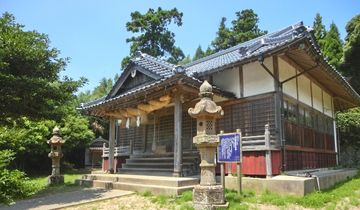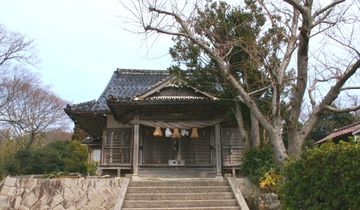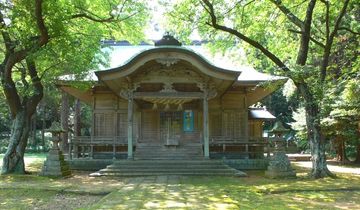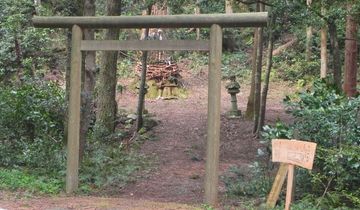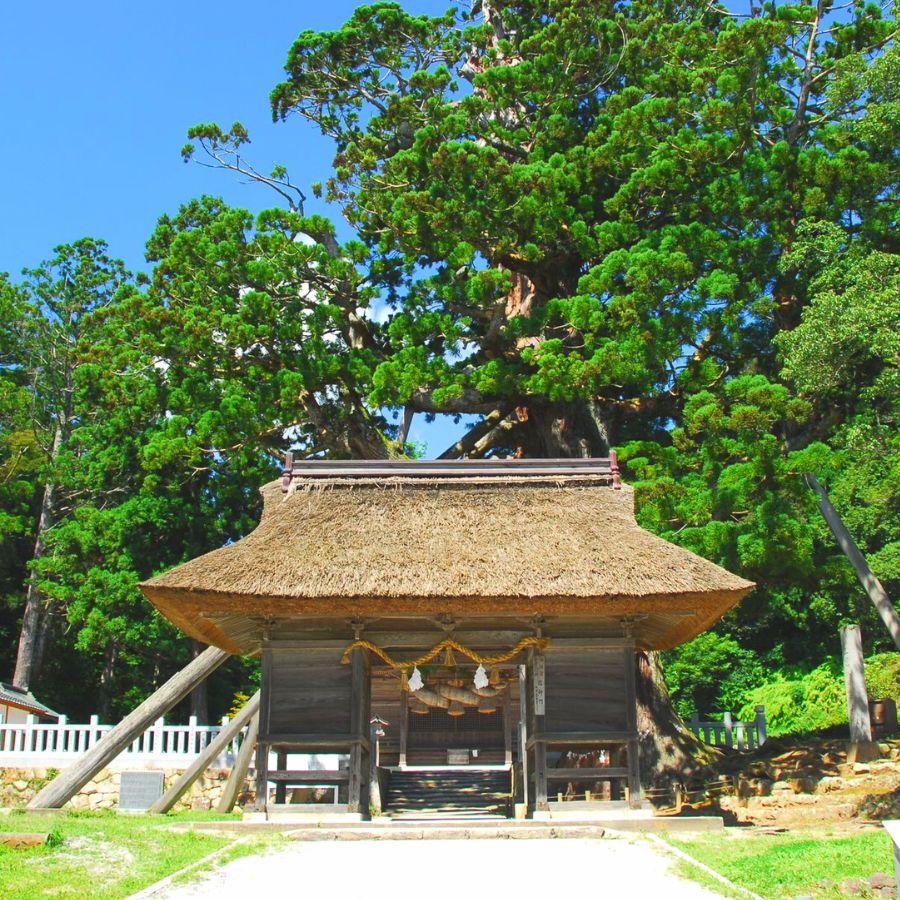
Lifestyles and Traditions - Shrines
Tamawakasu-mikoto Shrine is the sōja, or main general shrine—a shinto shrine where the deities of a region are grouped and enshrined together—of the former Oki Province. The deity enshrined here is, as the name suggests, Tamawakasu-no-mikoto. According to Inshū Shicho Gakki, a chorography published in the Edo period (1603–1867), the shrine was built under the imperial order of Emperor Tenmu. There is also a theory which states the deity enshrined is Prince Ōsuwake-no-miko, the fifth son of Emperor Keikō, but it is believed that the deity enshrined here is the founding deity of Oki.
Sōja shrines are a system that was practiced in the mid-Heian period (794–1185). A sōja is a shrine which is close to the provincial capital, and where deities—the ones a provincial governor pays homage to—within a province gather and rituals are performed once a year. Provinces here are the small countries under the rulership of Yamato Kingship. Before the sōja system was established, the appointed provincial governor would travel and visit all the shrines within the province. It is believed that Tamawakasu-mikoto Shrine was given this status since it was located close to the provincial capital of Oki Province at the time. In addition, the name of the area, "Kō-no-hara," hints that the shrine was very close to the provincial capital, and it is presumed that the provincial capital was located around the opposite of the shrine grounds.
A mixture of architectural styles can be seen in the main hall of this shrine, as it is built in oki-zukuri, a unique style of the Oki Islands which incorporates several famous styles. The roof is taisha-zukuri, the architectural style of Izumo Taisha Grand Shrine (Shimane Prefecture). The floor plan and the pillars were built in shinmei-zukuri of Ise Grand Shrine (Mie Prefecture), and the pent-roof in the foreground was built in the kasuga-zukuri style of Kasuga Taisha (Nara Prefecture). In addition, the log between the forked roof finials (chigi) and above the short decorative log (katsuogi) is called "birds' landing'' or "crows' porch," which is also another unique feature.
Tōe-no-Mikoto, the first head of the Oki-ke family that has served as the chief priests of the shrine for generations, was sent to Oki during the reign of Emperor Ōjin in the Kofun period (c. 250–538). The Oki-ke Traditional Residence, which was built around 200 years ago and is located next to Tamawakasu-mikoto Shrine, has been continued for more than 50 generations and has been designated as an Important Cultural Property of Japan.


